12 Cities Where Housing Prices Could Tank in 2025
Housing markets shift fast, and some cities are showing signs of real trouble ahead. Rising inventory, cooling demand, and economic shifts are putting pressure on certain U.S. markets—and experts say home prices could drop hard in these areas by 2025. These projections factor in everything from job market data to housing supply to the percentage of federal workers in the local economy. While these cities aren’t doomed, they’re definitely worth a second look. If you’re buying, selling, or investing anytime soon, take this list seriously—and always loop in a local real estate pro before making any big moves.
Washington, D.C.
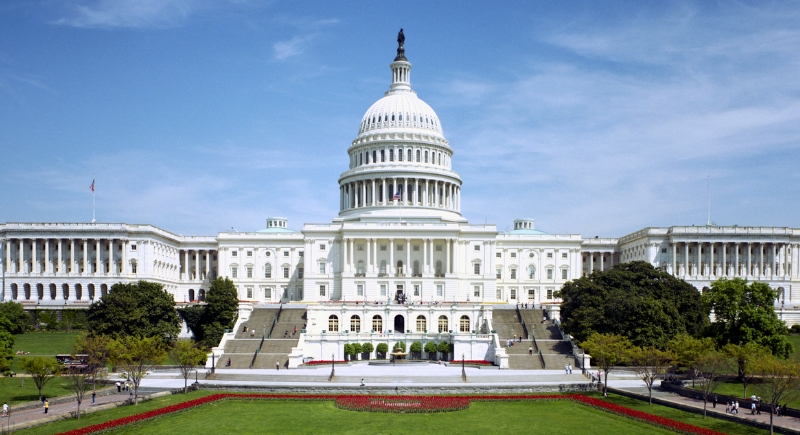
Credit: Wikimedia Commons
Home prices in the capital are losing momentum, with a 3.3% year-over-year drop despite a median listing price near $580K. The city’s large federal workforce—11% of all jobs—adds vulnerability during budget cuts or hiring freezes, putting added strain on an already expensive and competitive housing market.
Baltimore, Maryland
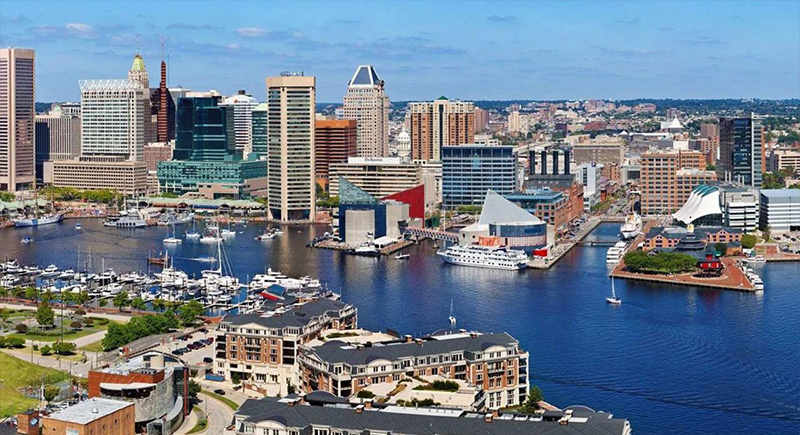
Credit: Wikimedia Commons
Baltimore’s market is balancing on a shaky edge. While prices are up 1.4% year-over-year, rising inventory and economic uncertainty pose risks. With 7% of the workforce tied to federal jobs, future slowdowns could hit hard, making the $392,500 median listing price feel increasingly unstable in the coming months.
Virginia Beach, Virginia
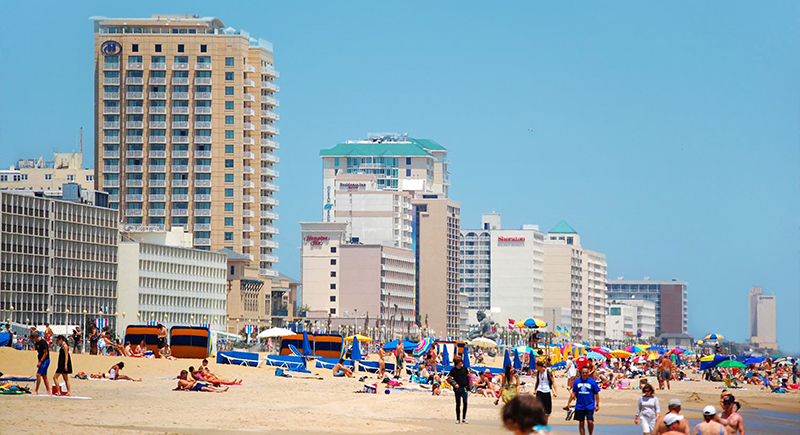
Credit: Wikimedia Commons
High home values and a 2.6% drop in price growth show signs of softening in Virginia Beach. Median listing prices sit around $315K, and 4.2% of local jobs are federal. Any disruption to defense or government hiring could further cool what was once a reliably hot housing market.
Riverside, California

Credit: Wikimedia Commons
Despite a 6.2% increase in home prices, Riverside might be heading for a correction. The city’s $350K median listing price is attractive, but rising interest rates and 3.7% federal employment make the market more vulnerable than it appears. Investors are watching closely for signs of a deeper cooldown.
Seattle, Washington

Credit: Wikimedia Commons
Seattle is slipping, with a 4.7% drop in year-over-year home prices. With a hefty $949,995 median listing price, affordability is already strained. The city’s 3.1% federal workforce adds another layer of risk, especially in a market where tech layoffs and economic uncertainty are already shaking buyer confidence.
Jacksonville, Florida

Credit: Wikimedia Commons
Jacksonville’s housing market shows signs of strain, with prices down 2.4% year-over-year. Median listings hover at $327K, but demand is softening. With 3% of jobs tied to federal employment and affordability concerns creeping in, the local market may not hold its ground heading into 2025.
San Antonio, Texas

Credit: Wikimedia Commons
San Antonio’s home prices are up slightly at 1.3%, but the market is showing cracks. With a median listing price of $328,050 and 2.8% of the workforce in federal jobs, the potential for economic shifts—especially in defense—could send prices dipping in an already cooling Texas housing scene.
Orlando, Florida

Credit: Wikimedia Commons
Orlando’s market is wobbling, with home prices down 1% year-over-year. The $396,200 median listing price is pushing limits for many buyers. Add in 2.8% federal employment and a volatile tourism-driven economy, and there’s a good chance this sunny market might face some stormy conditions in 2025.
Providence, Rhode Island
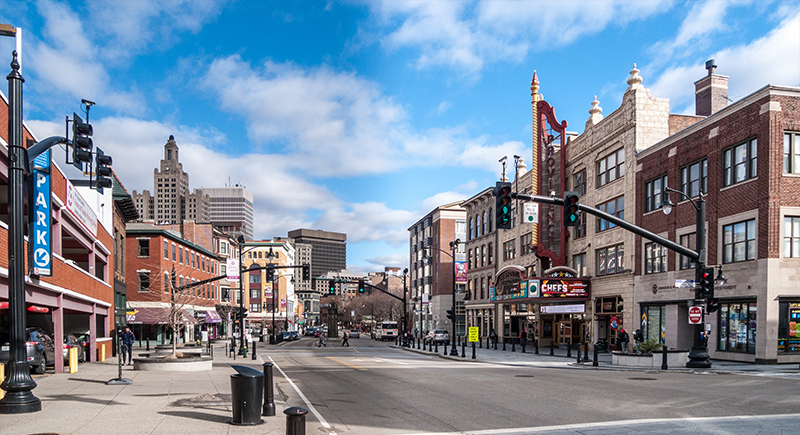
Credit: Wikimedia Commons
Providence is flashing warning signs, with a 4.2% drop in year-over-year price growth. Median home prices are around $429,653, and 2.7% of the workforce is federally employed. In a state already facing affordability pressures, a further dip could shake confidence across Rhode Island’s housing market.
Richmond, Virginia

Credit: Wikimedia Commons
As of March 2025, the median listing home price in Richmond was $444,900, steadily increasing from $429,653 in February 2025 to $421,225 in January 2025. This upward trend indicates a robust housing market. Additionally, the median home sold price was $386,705 in March 2025, reflecting a 10.4% increase from the previous year.
Buffalo, New York

Credit: iStockphoto
In March 2025, the median home sold price in Buffalo was $240,162, representing a 6.3% increase from the previous year. However, in February 2025, the median sale price was $178,750, showing a slight decrease of 0.69% compared to the same period last year. This fluctuation suggests variability in the market, possibly due to seasonal factors or changes in inventory.
Louisville, Kentucky

Credit: Wikimedia Commons
Louisville’s housing market is showing subtle cracks. Prices are down 0.5% year-over-year, and the median listing price of $249,974 isn’t enough to insulate the city from market headwinds. A 2% federal employment rate and rising cost-of-living pressures could push this once-steady market further into correction territory.
Birmingham, Alabama
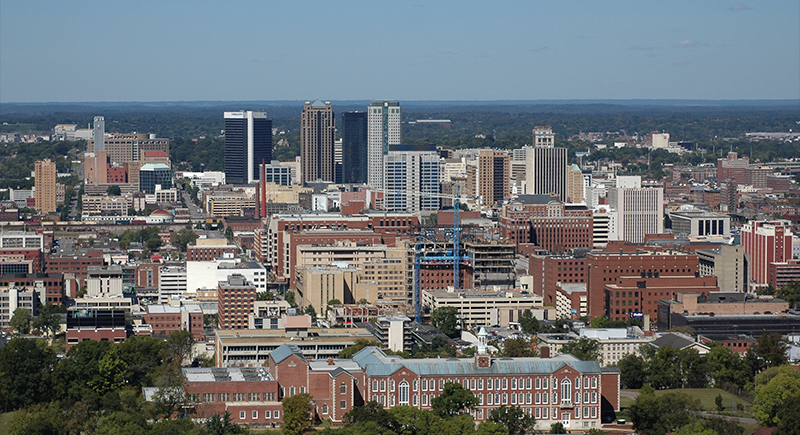
Credit: Wikimedia Commons
Birmingham saw a surprising 14% price growth, but experts say it might be too much, too fast. With a median listing price of $241,725 and only 2% federal employment, the market lacks a safety net. If interest rates stay high, a sharp correction could be around the corner.
Hartford, Connecticut

Credit: flickr
Hartford’s housing market is sliding, with a 4% year-over-year drop. Median listings sit at $399K, and 2% of the workforce holds federal jobs. Stagnant growth, affordability issues, and buyer hesitation could combine to pull prices even lower as we move through 2025.
San Francisco, California

Credit: Getty Images
San Francisco’s housing market is facing a serious reality check. With tech workers leaving in waves thanks to remote work, demand has dropped hard. High prices and a shifting workforce are forcing a correction. As the exodus continues, this once white-hot market could see steep price cuts in 2025.